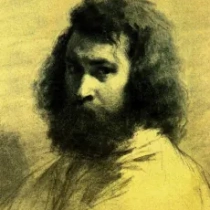 1814 - 1875
realism
1814 - 1875
realism
Description Jean-Francois Millet
Jean-François Millet, born on October 4, 1814, in Gréville-Hague, France, emerged as a pivotal figure in the mid-19th-century art world, championing a raw, unfiltered portrayal of rural life. His artistic journey traversed the tumultuous landscape of the French countryside, mirroring the societal shifts of his time.
Millet's early years were marked by humble origins, but his talent led him to Cherbourg and eventually to Paris, where he enrolled at the École des Beaux-Arts. His formative years were a juxtaposition of academic training and the influence of the Barbizon School, where he forged connections with artists like Théodore Rousseau.
The turning point in Millet's career came with his move to Barbizon, a village at the edge of the Fontainebleau Forest. Here, the artist found inspiration in the bucolic surroundings, embarking on a quest to capture the essence of rural life. His paintings, such as "The Sower" and "The Gleaners," became visual hymns to the resilience and dignity of the rural working class.
Millet's art transcended mere pastoral scenes. It bore witness to the profound societal changes brought about by industrialization. His depictions of peasants, often marginalized in traditional art, became a poignant commentary on the human cost of progress.
While revered today, Millet faced criticism in his time. His departure from idealized depictions of rural life to a more authentic portrayal of laborers stirred controversy. The stark realism of "Man with a Hoe" and "The Angelus" challenged prevailing artistic norms, earning both acclaim and disdain.
Millet's commitment to authenticity extended to his personal life. His marriage to Pauline-Virginie Ono in 1853, and their move to Barbizon, underscored his determination to live in harmony with his artistic principles. Financial struggles, exacerbated by the unpopularity of his art in certain circles, tested Millet's resolve.
The artist's later years witnessed a return to his native Normandy, where he continued to explore themes of rural life. His health declined, but his artistic vision remained undiminished. Millet passed away on January 20, 1875, leaving behind a legacy that transcended artistic movements. His influence resonated with later artists, including Vincent van Gogh, who admired Millet's ability to infuse the mundane with profound significance.
Jean-François Millet, the humble chronicler of the agrarian soul, stands as a beacon of artistic integrity. His canvases, imbued with empathy and social consciousness, remain testaments to the enduring power of art to illuminate the human condition.
Gallery
Paintings Jean-Francois Millet
F.A.Q Section
"The Gleaners" (1857): A celebrated painting depicting three peasant women gleaning a field after the harvest.
"The Angelus" (1857–1859): An iconic image of a couple pausing to pray in a field, evoking a sense of contemplation and reverence.

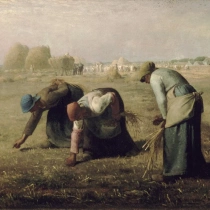


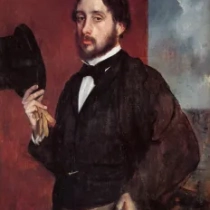


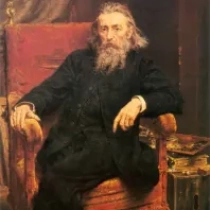

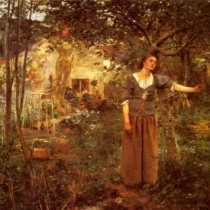
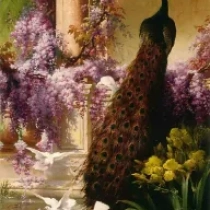

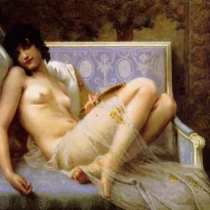



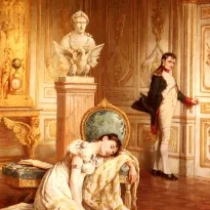
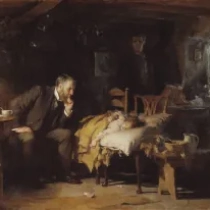
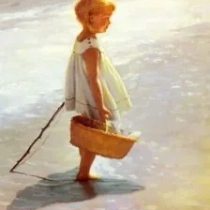

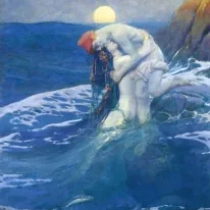




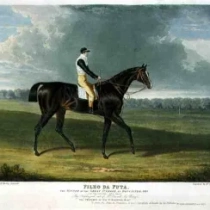





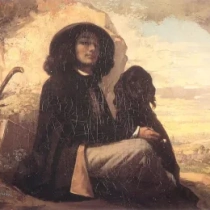











No Comments Yet...